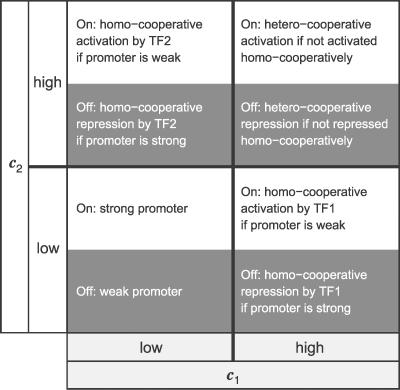Figure 6. Table Summarizing Which Homo-Cooperative or Hetero-Cooperative Activation or Repression Modules Are Needed to Obtain a Particular Transcriptional Logic Gate.
The table consists of four quadrants, corresponding to different TF concentrations c 1 and c 2 (each being low or high). Each quadrant is divided into two parts (white and gray), corresponding to the alternative promoter states (on or off). As an example, the AND gate is on only if both TF1 and TF2 are present; this requires a hetero-cooperative activation module. In contrast, an OR gate should be on if either TF1 or TF2 is present. This requires homo-cooperative activation modules for each of the species, because the promoter is weak (the gate must be off when both species are absent); however, since the activation modules do not compete with one another, a hetero-activation module is not required: the homo-cooperative activation modules also turn the gate on when both TFs are present. In general, the design can be most easily understood by first considering the design constraints when both TFs are absent, then the requirements when one of the two are present, and lastly the design constraints when both TFs are present. The EQU and XOR gates discussed in the main text illustrate this perhaps most clearly. Note that the EQU gate is an example of a gate in which a hetero-activation module is required, despite the fact that the promoter is strong; the hetero-activation module is needed to counteract the two homo-cooperative repression modules when both TFs are present.

